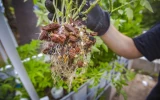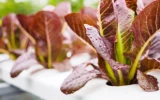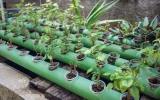What Are the Best Low Light Aquaponics Plants?
Aquaponics combines the methods used to raise fish and plant crops in one recirculating system. One limiting factor of such a closed system is light exposure, which can be a problem if you’re venturing into aquaponics in the comfort of your home. You must therefore select certain plant species that can withstand low light conditions.
Peppermint, spinach, arugula, spider plant, snake plant, Chinese money plant, devil’s ivy plant, Chinese evergreen, peace lily, chives, philodendron, arrowhead vine, and chamomile are the best low-light aquaponic plants. They can persist under 6 hours or less sunlight exposure per day, yet still functions well as nutrient absorbers.
Since these plants are low maintenance, they are matched with the aquaponics system. In this article, we’ll find out more about the characteristics of these low-light aquaponics plants.
Summary
- Some aquaponics plants that can tolerate low-light conditions are peppermint, spinach, arugula, spider plant, snake plant, Chinese money plant, devil’s ivy plant, Chinese evergreen, peace lily, chives, philodendron, arrowhead vine, and chamomile.
- Some of these plants, like the Chinese money plant, Chinese evergreen, peace lily, and arrowhead vine have leaves that are delicate to be put under full sunlight exposure, causing them to be either bleached or scorched. Therefore, they prefer shady areas or locations with low light exposure.
- Spinach and arugula, on the other hand, experience leaf bolting when overexposed to light, so they are better situated in partially shaded areas.
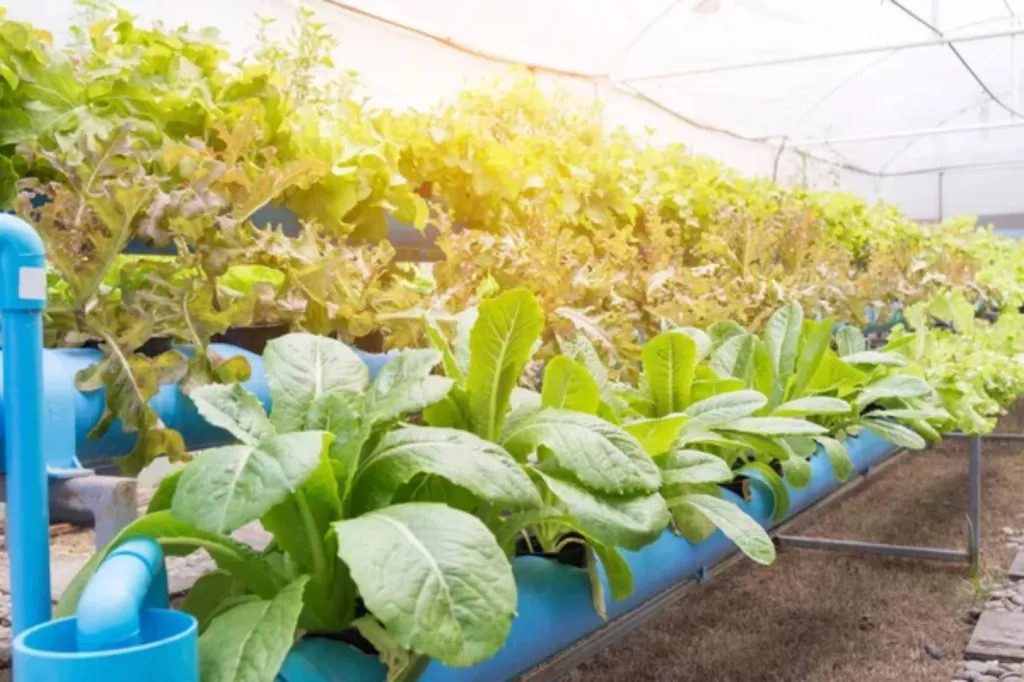
Best Aquaponics Plants That Thrive in Low Light Conditions
Both indoor and outdoor aquaponics need a certain amount of light exposure to achieve the best yields. Light is considered a limiting factor in both indoor and outdoor aquaponics. Even a few hours of full exposure to natural light cannot assure that plants will grow well.
For this reason, commercial aquaponics setups invest in high-spectrum LED lights that mimic natural light to provide the energy requirements needed for plant growth. However, for a home aquaponics setup, investing in the proper lights may not be viable.
In these cases, you must explore species of plants that can grow well in aquaponics and, at the same time, thrive in low-light conditions. Examples of these plants can be found below.
Peppermint plant prefers at least 3–4 hours of sunlight
Peppermint is a hybrid of two mint species and is known to be one of the hardiest types of mint. It grows best even with only 3–4 hours of direct sunlight exposure. This is because the flavor of peppermint leaves becomes stronger with longer hours of daylight exposure.
Aside from low light requirements, peppermint thrives best in warm and stable temperatures. It can be grown along with fish species that prefer slightly acidic conditions with a pH between 5.5 and 6.5.
Spinach can tolerate partial shade conditions

Spinach is a highly valued herb for its culinary and medicinal purposes. It is known to contain the beneficial vitamin K present in its mature, raw leaves. Although they can be grown under full daylight exposure, these plants are also known to tolerate partial shade.
However, spinach requires at least 6 hours of full light exposure per day. Anything less than this may increase the bitterness of the spinach leaves. Overexposure, however, may also cause detrimental effects such as leaf bolting.
If six hours is unachievable and is limited to only 4–5 hours, optimize the water conditions to at least keep the root system healthy, or you can add a few light bulbs to switch on at night to provide the energy that the plants need.
Arugula can tolerate low-light conditions with only 5–6 hours of light exposure a day
Arugula is a popular ingredient in gourmet salads and contains essential nutrients for the heart and bones. It is one of the most profitable crops in vegetable farming. Because of their nutritious characteristics, arugulas became a popular crop in aquaponics.
Although they are commonly subjected to full light exposure, arugulas can survive even in low light conditions with only 5–6 hours of light per day. However, this could lead to a slower growth rate.
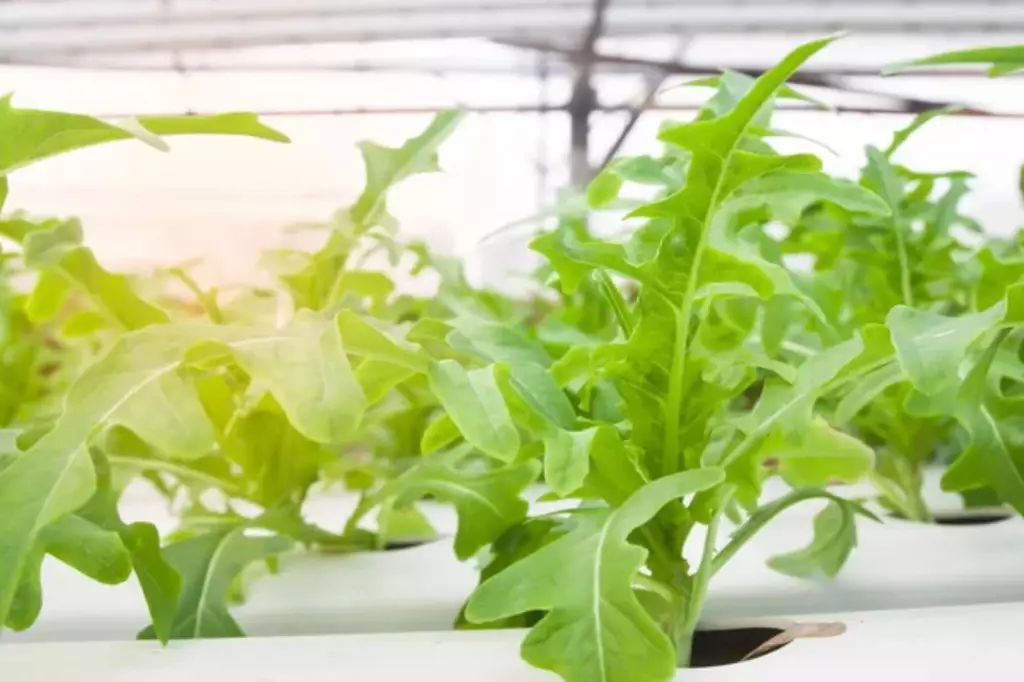
To increase its tolerance under partial light, ensure that it is rooted in moderately warm water temperatures between 50 and 65˚F (10 and 18˚C). You can also rotate your arugula plants to help maximize the limited light and encourage a more uniform growth rate. Arugulas are also prone to bolting, so avoid overexposing them to direct sunlight.
Spider plants are remarkably hardy, which makes them grow even under low light conditions
Spider plants, along with their varieties, persist contentedly in shade or partial light exposure. But aside from their ability to tolerate low-light conditions, spider plants are rapid growers, versatile, and remarkably hardy plants. They are a good choice for beginners in aquaponics.
Snake plants can survive low light conditions and brief periods of near-darkness
Another tough plant that can be cultivated under low-light conditions is snake plants. They are even thought to survive brief periods of near-darkness scenarios and can carry on even with just 2–6 hours of daylight exposure per day.
Snake plants grow best in aquaponics if only the roots and the crown are dipped in water. Since snake plants are low maintenance when grown in soil, they are even low maintenance when grown in water, such as in aquaponics.
Chinese money plants' leaves prefer low-light conditions
The leaves of the Chinese money plants prefer low light conditions because the leaves are delicate enough to be burned or scorched under bright light. For this reason, these plants are best located in areas with partial or low-light conditions.
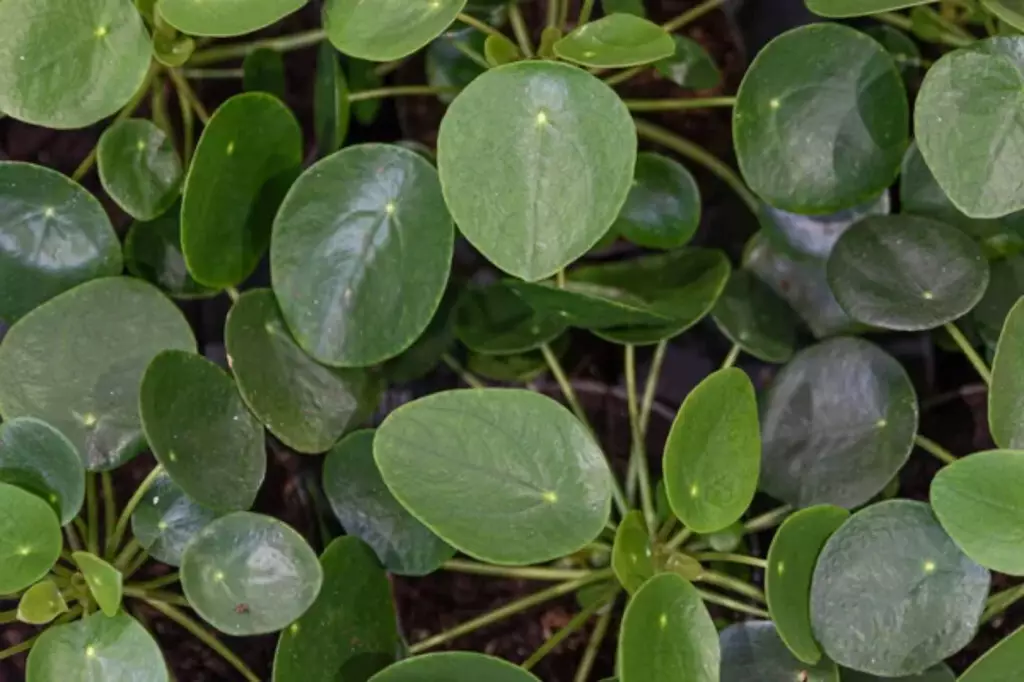
In the wild, these plants are commonly found in partially shaded and damp areas. They are also perfectly suited to be rooted in water, just like in an aquaponics setup. Their roots spread to gather nutrients at temperatures of 50˚F or 10°C.
Devil’s ivy plants grow fast even in low-light conditions
Devil’s ivy plant is one of the fastest growing houseplant species and has a knack for mild to warm environments with plenty of nutrients. These plants can persist in low-light conditions and be cultivated in water, such as in an aquaponics setup.
If provided with clean, well-ventilated, and nutritious-filled water, new roots can emerge from the nodes of the shoot.
Peace lily has the ability to thrive in shady areas with minimal water
Most species of peace lilies prefer warm and humid conditions, but there are some that can survive in low-light or shady areas with minimal water. This makes peace lilies a good décor in dark corners of the house, where they can easily brighten up with their color. They are also utilized as indoor plants in offices and shopping malls.

Peace lilies prefer low light conditions because bright light can easily scorch their delicate leaves. Their root system is also one of a kind in filtering water and providing shelter for fish. These characteristics, therefore, make peace lilies an ideal choice for low-light aquaponics systems.
Arrowhead vine is one of the best choices for a low-light aquaponics system
The leaves of arrowhead vines are not made for receiving bright direct light exposure because they can easily be burned or bleached. These plants, therefore, grow best in partial or diffused light but may cause the leaves to become darker green in color.
Chinese evergreen is a perfect option for low-light aquaponics
Like arrowhead vine and money plant leaves, the leaves of Chinese evergreen plants are prone to being scorched under direct sunlight. These plants are also known to grow well in well-rooted water. These characteristics together make Chinese evergreen a good candidate species to be cultivated in an aquaponics setup.
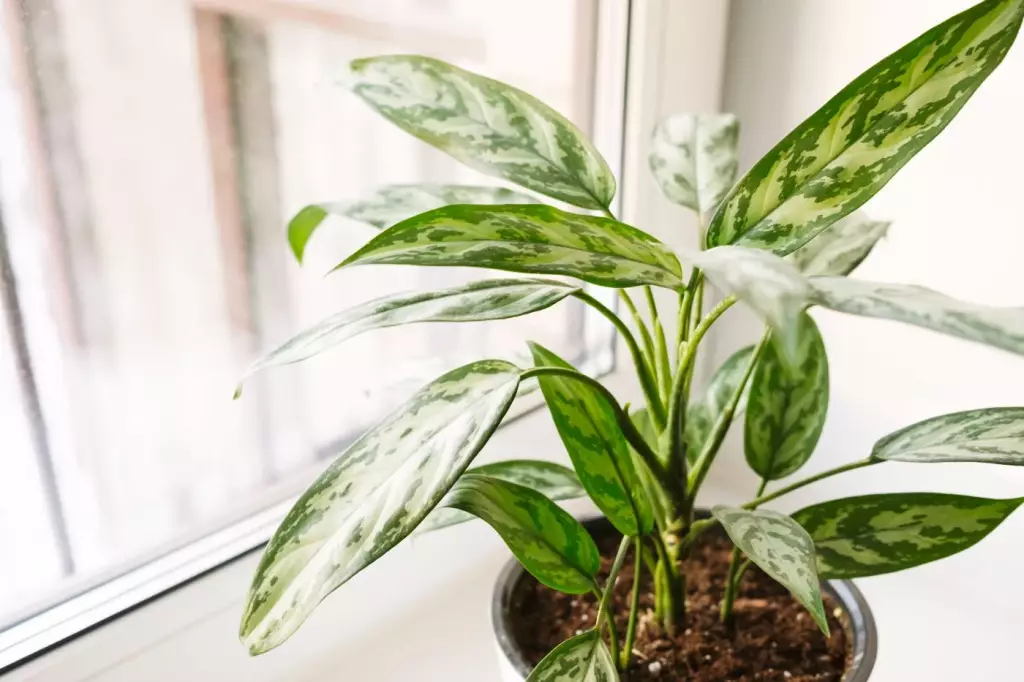
Keep in mind, however, that although their leaves are attractive, they are not edible and may cause skin irritation if consumed or come into contact with the skin. If you decide to grow Chinese evergreen in your tanks, they are best separated from the fish to prevent them from eating this plant’s roots or leaves.
Chives grow slowly in low-light conditions but can still produce new leaves
Chives are a commonly known herb that is frequently cultivated using the hydroponics method. They grow well in low light conditions, but growth may be slower or cause the plant to fail to bloom.
Despite this, chives can continue to produce new leaves, especially if the water temperature in the aquaponics setup is maintained at 65–80°F (18–27°C) and the water pH is slightly acidic to help the plant absorb excess nitrates.
Chamomile is a low-maintenance plant that grows well in low-light conditions
Chamomile proves to be a good addition to your aquaponics setup because it is low maintenance and can grow even in low-light conditions. Aside from this, it proves to have natural insect-repelling characteristics, has good health benefits, and adds attraction to your setup.
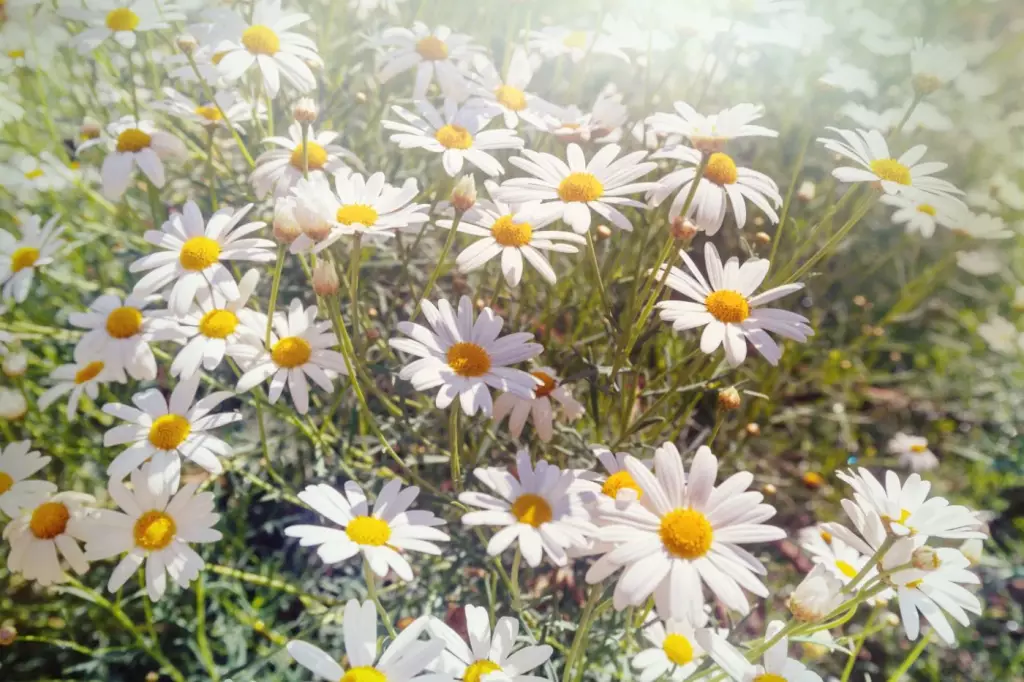
Aside from tolerance to low light conditions, chamomile must be planted in an aquaponics setup with water temperatures between 68 and 86°F (20 and 30°C). Since they can grow in water with a pH level between 5 and 7.5, they can be grown along with fish.
Philodendrons grow well in a low-light aquaponics system
Philodendron is known to be a hardy plant that is usually kept as a houseplant but can also be grown in aquaponics systems. Their preference for moist soil makes them easy to propagate in water.
They prefer low light areas, a water temperature of 55–90 °F (12–32 °C), and slightly acidic water with a pH of 5–6. These plants also require minimal care.
However, like Chinese evergreens, the leaves of these plants also contain calcium oxalate crystals, which can cause irritation when ingested. It is best to put them in separate tanks away from the fish.
